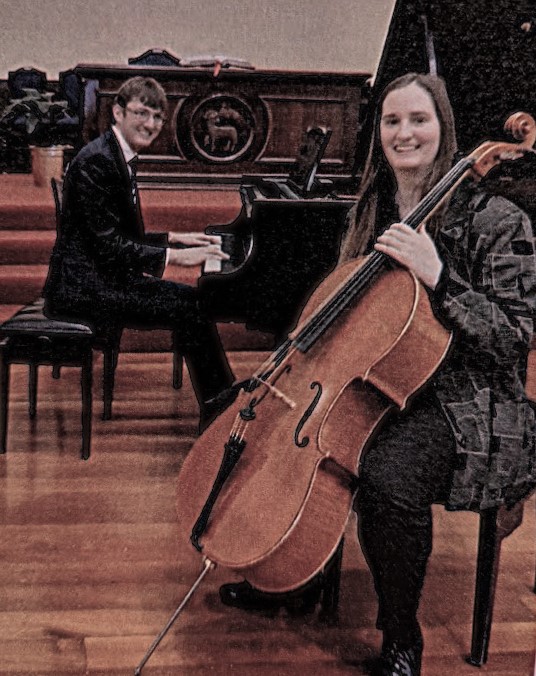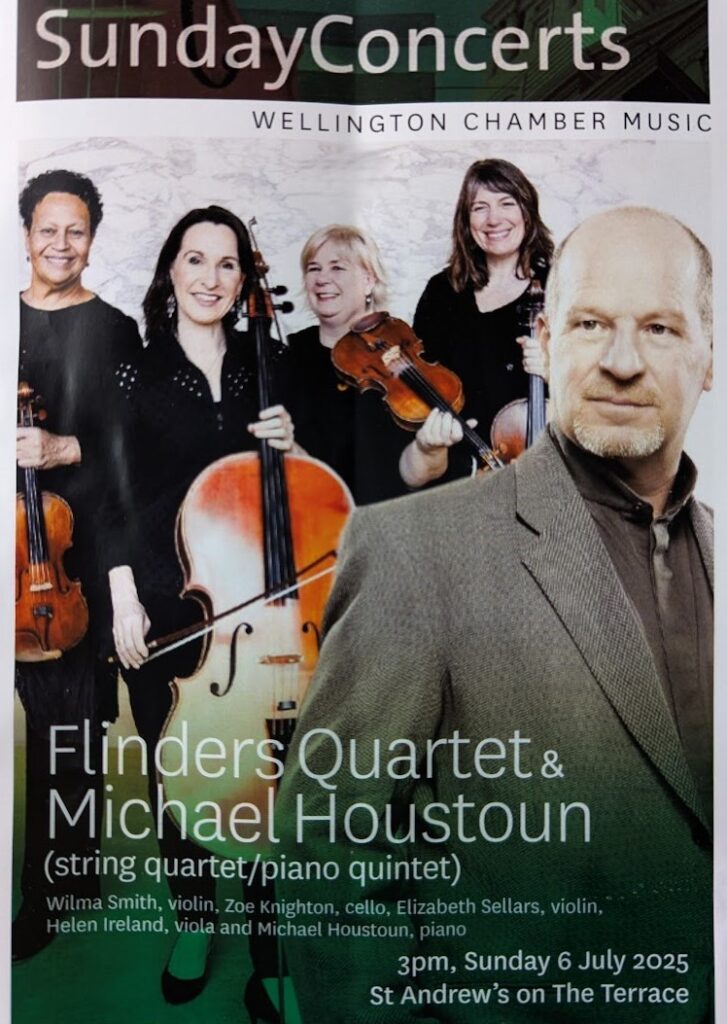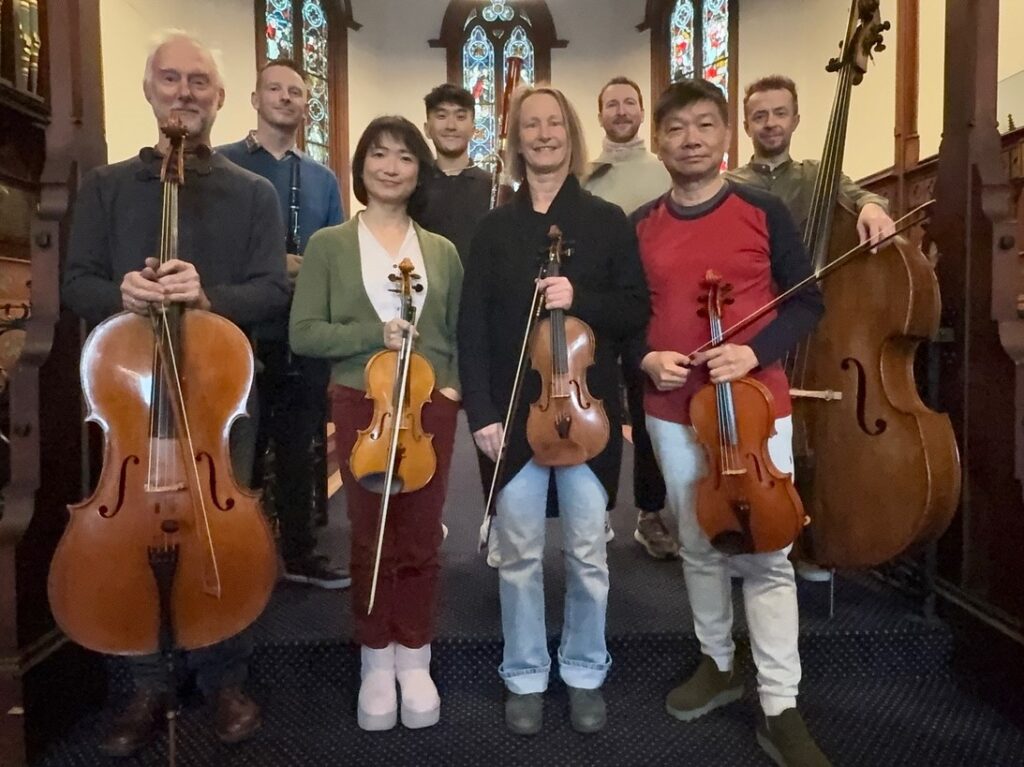 Aroha String Quartet and friends Photo: Zhongxian Jin Back row: Nick Walshe (clarinet), Justin Sun (bassoon), Alexander Hambleton (horn), Oleksandr Gunchenko (double bass)
Aroha String Quartet and friends Photo: Zhongxian Jin Back row: Nick Walshe (clarinet), Justin Sun (bassoon), Alexander Hambleton (horn), Oleksandr Gunchenko (double bass)
Front Row: Robert Ibell (‘cello), Haihong Liu (violin) Konstanze Artmann (violin), Zhongxian Jin (viola)
MOZART – String Quartet No.22 in B-flat K.589
NIELSEN – Serenata in Vano FS 68, for Clarinet, Bassoon, Horn, ‘Cello and Double-Bass
SCHUBERT – Octet in F Major D.803. for String Quartet, Clarinet, Bassoon, Horn and Double-Bass
The Aroha Quartet: Haihong Liu (leader) and Konstanze Artmann, violins, Zhongxian Jin, viola, Robert Ibell, ‘cello
– with Nick Walshe, clarinet / Justin Sun, bassoon / Alexander Hambleton, horn / Oleksandr Gunchenko, double-bass
St.Peter’s Church, Willis St., Wellington
Sunday, 28th September, 2025
Is there a venue in Wellington for chamber music that surpasses in ambient warmth and atmosphere the gorgeously-appointed “St. Peter’s-on-Willis” (to use the name aligned with that long-given to the well-known “St.Andrew’s-on-The-Terrace” church in the same city)? From the moment the players of the Aroha Quartet put their bows on the strings of their instruments to begin Mozart’s adorable String Quartet in B-flat K.589, I immediately felt I was being drawn into a kind of seventh-heaven of existential bliss, one which continued for me right through the work.
As much as it was the music itself, I was particularly taken with the sound-quality of both the individual strands and the concerted blends emanating from the players. Perhaps it was at least due in equal parts to a chemistry of delight in encountering a work by Mozart that I’d never before heard (yes, really! – for some reason all my attention had been “snaffled” by the composer’s string quintets up to this point in time!) – If this was indeed a baptism of sorts, it couldn’t have taken place in an environment more conducive to enchantment of the kind that overtakes its listeners in situ, and in most instances for some time afterwards.
The other two works of the programme generated delights of a different order – in the case of the Nielsen Serenade I had already made the acquaintance of the composer’s obvious delight in wind instruments through his wondrous Wind Quintet, a work replete with the energies, drolleries and wry acceptances of life that were on show in the brief but totally engaging “Serenata in vano”. After this, nothing could have surpassed the “all brought together” perfection of the programme with Schubert’s chamber masterpiece, the mighty Octet, casting its spell over all and sundry.
It was the Mozart work which worked the first magic of the afternoon, however – such effortless lyricism, and with so many beautiful exchanges generating what seemed like cascades of joyously lyrical enjoyment amongst those voices, all performed with the lightest and deftest of touches by the players. The pairings of violin and ‘cello, of viola and ‘cello and then of the two violins throughout the exposition brought near-endless delight, the plunge into the development section underlining the minor-key change of atmosphere and the recapitulation enriching the interactions with tendrils of phrasing shared between the instruments, the ‘cello often playing higher than the others and the viola getting significant “running” lines to emphasise the music’s “shared” character.
The larghetto slow movement began with the ‘cello taking the theme, sensitively voiced by Robert Ibell, and winsomely replied to by the first violinist Haihong Liu, though all the players had the chance to shine with individually elaborated series of alternated downward runs throughout the movement. Again, the passagework was exquisitely decorated and interactive, a quality noticed by the publisher Artaria, who in 1791 referred to these particular works as “concertante quartets”).
Many commentators have remarked upon the Minuet and Trio as being the most vital and progressive part of the work – its “Moderato” marking gives the music room for a decorative aspect which the players here relished to the full, the Quartet leader Haihong Liu in particular exhibiting passages of exquisitely-finished fingerwork. The Trio seemed even more “possessed” by a faery spirit bent upon evoking mischievous endeavours, the players taken to extended realms by the music’s whims of fancy, with fingers, bowing arms and sensibilities all put through their paces!
A carefree spirit as well informed the finale’s 6/8 allegro assai, rather more in the typically Mozartean manner, though with a few twists and turns along the way, some stop-start harmonic recalibrations, and a few manic trajectoried variants, just for the fun of doing encouraging players to do them! But I thought the nicest touch was at the end where the music shaped up to a conventional tonic/dominant couple of concluding chords, before completely disarming all expectations with a sudden, gently terra firma-engaging concluding phrase! The general sigh of pleasure at that point, both inward and outward, was palpable!
What a treat to get a (for me!) hitherto unknown piece by the irrepressible Carl Nielsen! While not all of his music is “comfortable” to listen to (some works, like the Fifth Symphony and the Wind Quintet, are glorious, and others, such as the Clarinet Concerto, are just plain irascible!), this little “Serenata in Vano” quintet brings out what the composer’s great contemporary, Jean Sibelius, described in a posthumous tribute to Nielsen as having “head and heart….in the highest degree”. It’s the humanity of this droll portrait that one essentially responds to – that of a group of musicians attempting to serenade a lady, to “lure the fair one out onto the balcony” (in Nielsen’s own words), but without success! – (“in Vano” – in Vain!) – and their subsequent “Oh, well….” kind of reaction, in which they “shuffle off home” is a particularly treasurable moment! It’s worth noting that, included in the ensemble was Robert Ibell’s ‘cello and Aleksandr Gunchenko’s double-bass, each of whom still managed to vividly convey a sense of “to-ing and-fro-ing” despite their barely transportable instruments!
And so we came to the raison d’etre of the concert, Schubert’s justly-famous Octet, the St.Peter’s acoustic as readily amenable to the sounds as it had been to that of the string quartet’s glorious outpourings I wondered, as the players took their places, whether the strings’ balance of texture in the whole might be affected for us by their facing sideways in the ensemble rather than outward, but the sound, from where I was sitting, seemed in accord with what one expected to hear – from my seat I couldn’t see either Konstanze Artmann’s violin or Zhongxian Jin’s viola being played, but I could hear and appreciate both of their contributions clearly.
Along with the thriil of that first, arresting chord is the great moment when the allegro begins with an upward-thrusting unison, one which really sets the adventure on its path. Tempi are swift, here, with that same “gossamer” effect in the playing I noticed in the Mozart, the work varying between these diaphanous interactions and powerful unison statements to hold the movement’s “thrust” together. The solos were invariably superbly-turned, with Haihong Liu’s violin and Nick Walshe’s clarinet centre-stage for much of the time (in the latter’s case unsurprisingly as it was a clarinettist, Count Ferdinand von Troyer, who commissioned the work and played in its first performance).
The voices took both their concerted and solo opportunities – there was a lovely becalmed “trio” effect from clarinet, bassoon and horn in tandem just before the movement’s recapitulation, and both Justin Sun’s bassoon and Zhongxian Jin’s viola were heard by turns relishing their advancement of the theme as the trajectories took up again and flowed swiftly onwards. Alexander Hambleton’s horn’s brief “bloop” at one point was worth the expression on the player’s face in the aftermath, especially in light of the terrific playing elsewhere, the same player, for example making much of the “hunting-call” theme in the affecting solo just before the movement’s conclusion.
Clarinet and violin acted as “empathetic companions” for much of the slow movement, such as in a beautiful unison passage leading back to the main theme’s return, after which numerous other solo “turns” played their part in the movement’s beauty of utterance. And then, what a contrast with the ebullient Scherzo! – the players here relished the dynamic contrasts of the exchanges, and brought out the insouciant character of the “whistling tune” to suitably carefree effect. delivered even more insouciantly, more characterfully carefree. I liked the Trio’s determinedly po-faced response, Robert Ibell’s cello bringing out the quasi-academic lines with plenty of “keep up” nudgings and encouragings.
The Andante variation movement at first seemed like a series of charming interludes until Schubert suddenly took the music into unrelated, more stratospheric realms, courtesy of strings playing in their upper registers and the winds floating their lines as if beholding hitherto undiscovered territories! – fascinating! The music seemed then to almost regretfully retreat from these hints of an Elysium somewhere above, lingering for a few seconds before settling back down to more earthy pleasures, with versions of scamperings, gurglings and gentle rumbustifications, ready for the Menuetto. Here, the players make it “swing” and dance in a properly homecoming kind of way (with a very “gemachlicht” kind of Trio to reinforce the mood!).
All the more extraordinary the finale’s opening, then, replete with disturbing tremolandi and baleful chords – so theatrical in effect, yet suggesting a personal darkness that’s somehow escaped its composer’s inner realms and made its presence felt. It leaves the following Allegro by-and-large cheerful, but with moments of anxiety (manic triplet passages from both violin and clarinet here and later), and eventually drawing us back into proximity with the movement’s opening Void-like darkness, breaking through once again thrown into prominence at the movement’s beginning. Schubert’s response is to give voice to words he himself had written in a letter, and finish the work with joyful energies, vibrantly expressed by this performance – “When I would sing of love it turned to pain. And again when I would sing of pain it turned to love.”
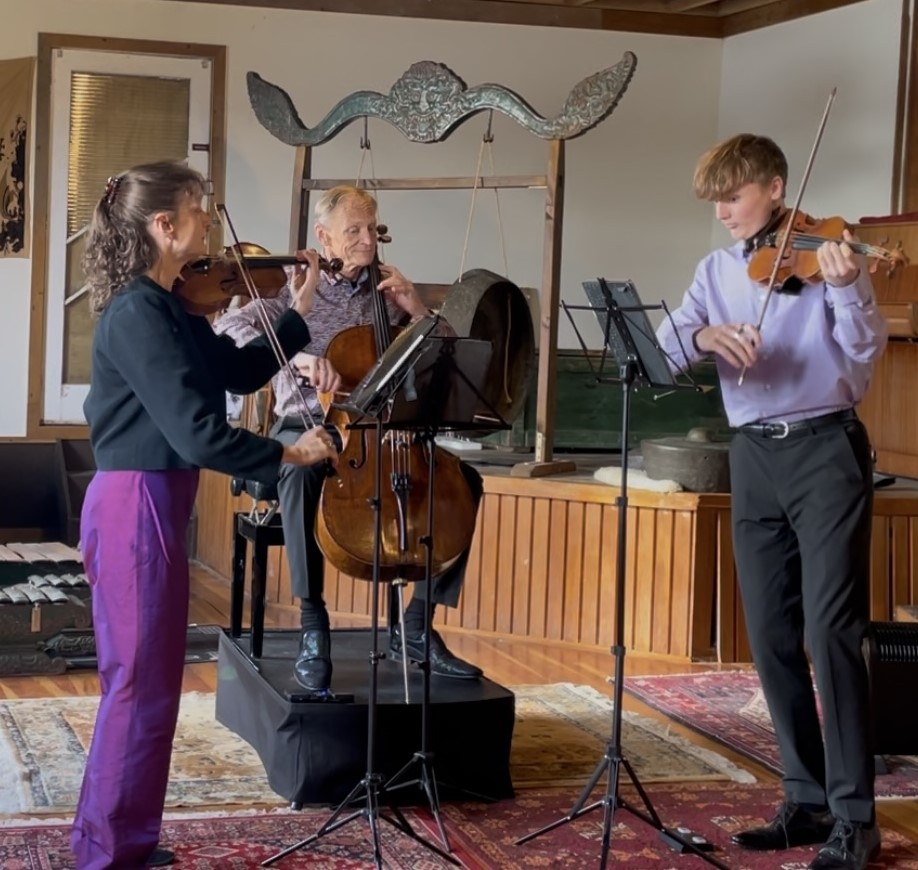

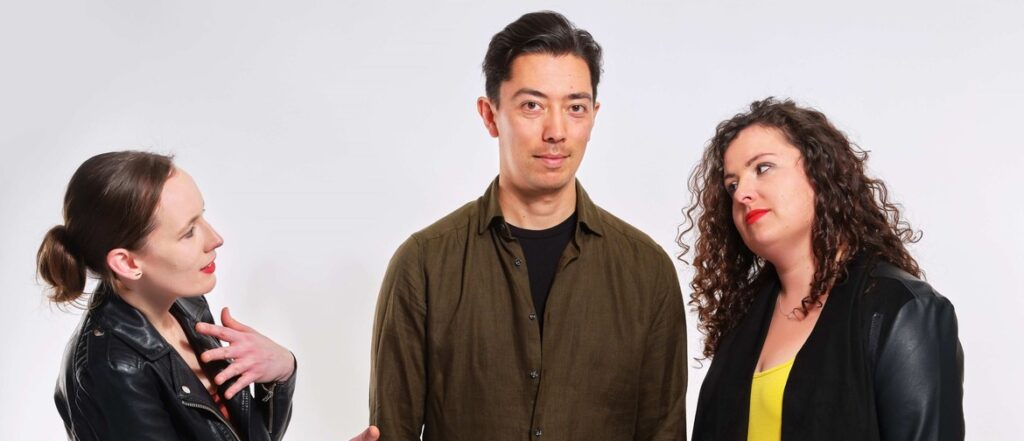 Wellington Chamber Music presents:
Wellington Chamber Music presents:
